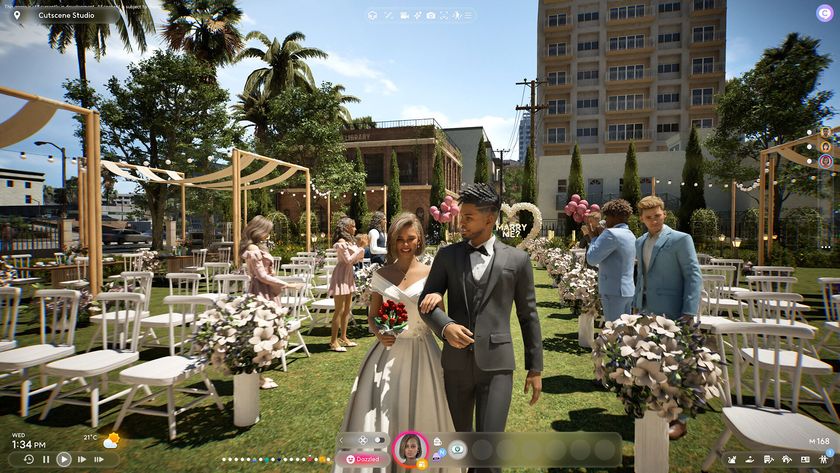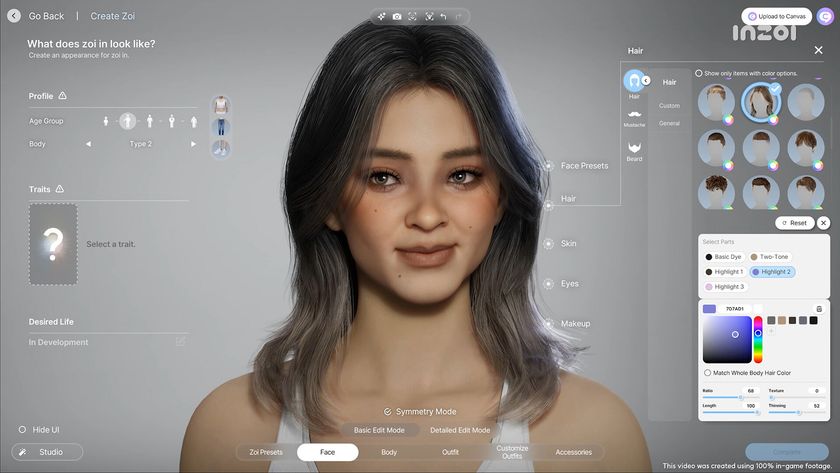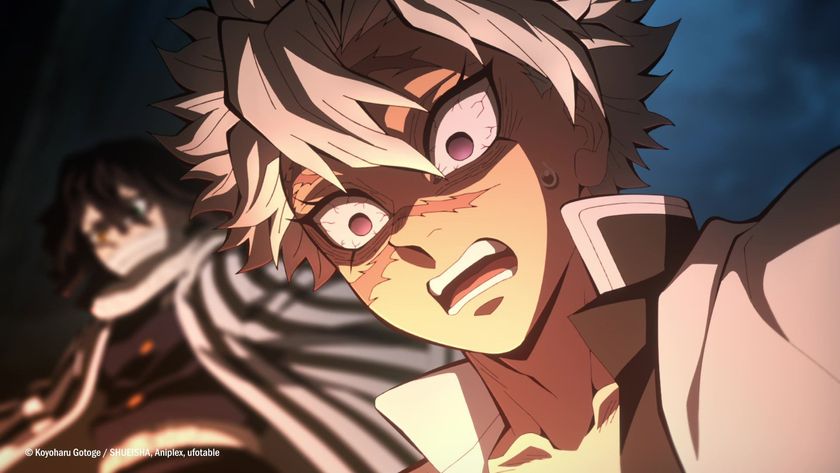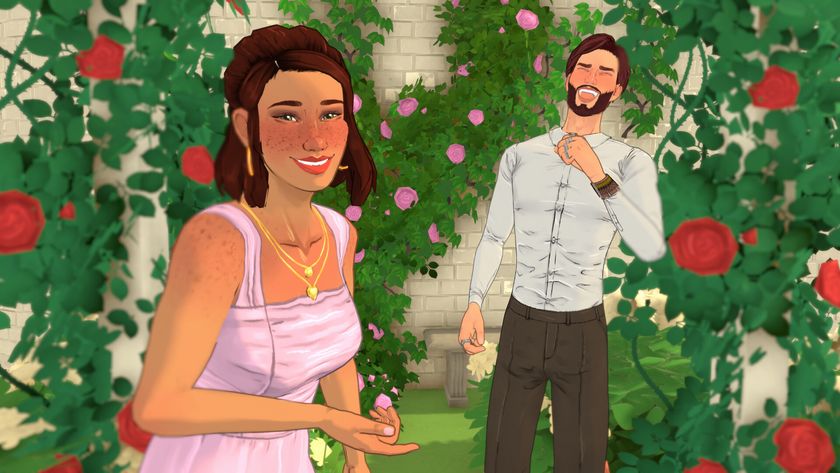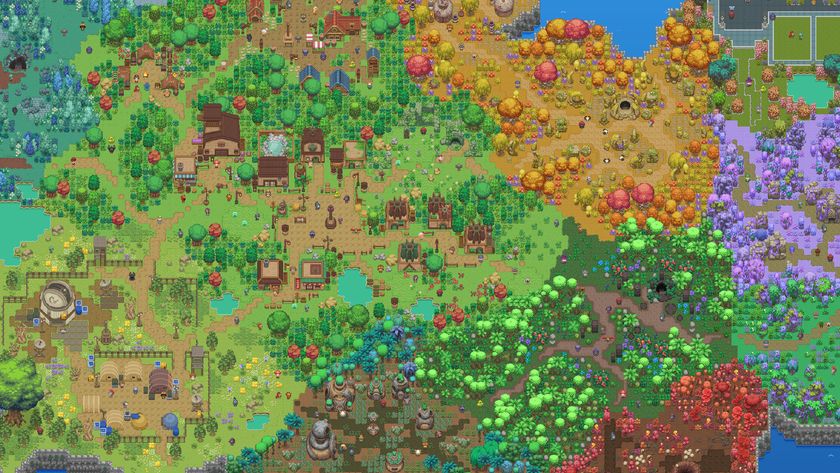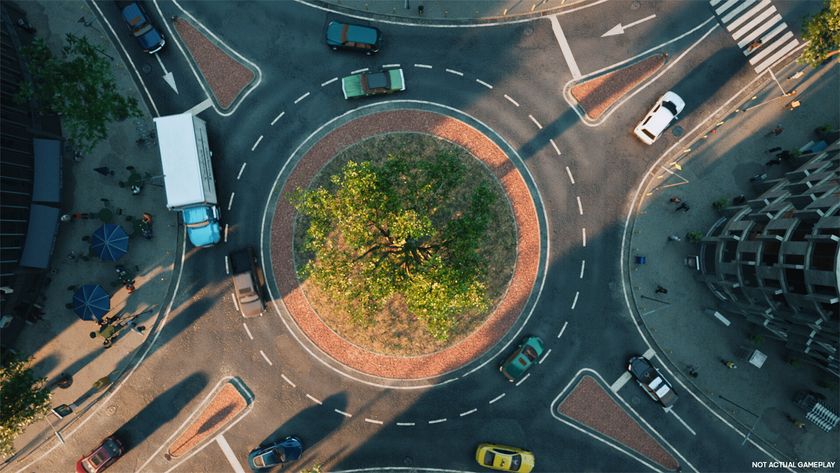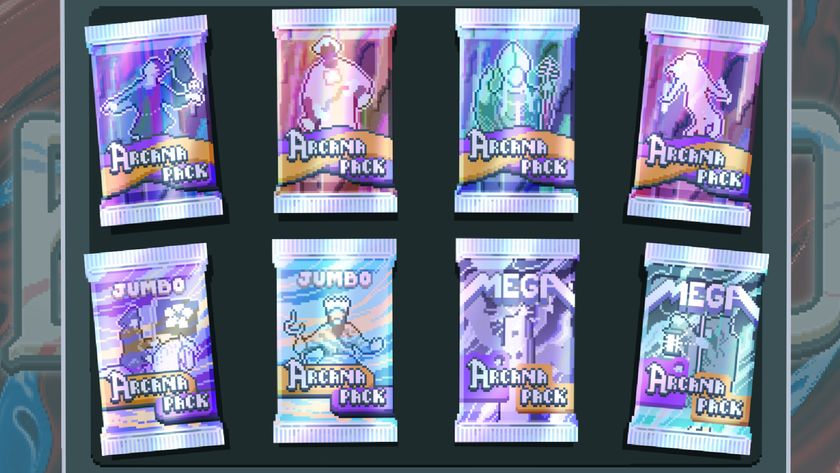Will Operation Flashpoint 2 turn out to be a war hero or a disgrace to the regiment? After a day spent discussing and playing rival soldier sim ArmA II at Bohemia Interactive Studios’ forest-hemmed Czech HQ, it’s tempting to answer: who cares? Almost two years on from the release of the excellent (once patched and modded) ArmA, BIS are well on the way to completing a sequel that’s bigger, smarter, and more realistic. Thanks to an intriguingly complex backdrop and a character-crammed campaign with more twists than a narwhal’s tusk, ArmA II should also prove far more involving than its predecessor.
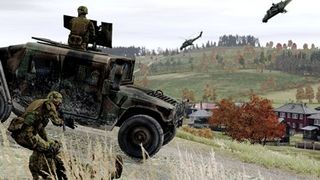
That backdrop is NE Chernarus, a large portion of a fictional Caucasian nation gripped by civil war. Think early ’90s Yugoslavia spliced with contemporary Georgia/Ossetia. Enter a NATO rapid reaction force, the diamond-hard tip of which is a player-controlled five-man USMC Special Forces group, Team Razor. While the country and combatants are fictional, the studio has chosen to base their vast seamless venue on a swathe of authentic Czech countryside.
As lead designer Marek Spanel puts it, “There’s logic in a real landscape. Dozens of generations created the villages, forests grew naturally... you can’t hope to create that look artificially.” The architecture and place names have all been Russified and a convenient river transformed into a Caspian Sea coastline, but there’s still sure to be a few Czech gamers who find themselves fighting in eerily familiar surroundings.
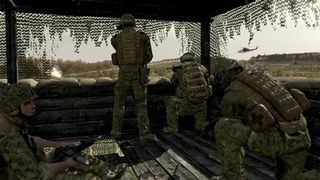
Not only is the landscape more credible in ArmA II, it’s also more lively. New excuses for screwing up rural ambushes will include “I was distracted by a snuffling boar” and “If I’d set off the satchel charges, I might have hurt that ickle fawn.” In more built-up areas domesticated fauna and a wide variety of civilian models including Chernarussian babushkas will provide the distractions. Though Marek was keen to stress that the series still placed more value in RPGs (rocket propelled grenades) than RPGs (roleplaying games), interacting with locals does appear to be more important this time out. One situation described tous involved players trying to persuade a suspicious granny to leave her dacha before laser-guided munitions started raining down. If you lose your team’s Slav speaker such conversations will be difficult, if not impossible.
With comrades so useful, it’s splendid that BIS are finally allowing us to drag, carry, and treat wounded soldiers. Hauling an injured buddy to safety while bullets fizz past has to be one of the most exciting and gratifying things you can do in a military shooter. Whether AI enemies will help each other out in the same way remains to be seen, but they should take advantage of the other AI improvements. Expect to see hostiles using building corners for cover and – this one’s a biggie – using speculative suppression fire to support advancing comrades. As near-misses now cause weapon shake (more fear = more sway), such tactics can turn firefights.
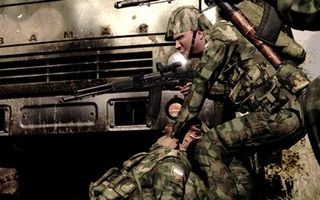
Other reasons to be cheerful about ArmA II? It’s going to feature over 70 portable weapons ranging from civilian hunting rifles to MANPAD missiles, and 136 different vehicles including UAVs, fishing boats and bicycles. HALO parachute insertions are now possible. You can play through the entire branching campaign co-operatively. The old sound engine has been replaced, meaning vehicle signatures now consist of dozens of separate sounds. Just about the only area of ArmA that BIS might have improved but haven’t – not significantly at least – is the clunky menu-driven interface. If Operation Flashpoint 2 doesn’t feature a slicker, more intuitive GUI we’ll eatour sweat-stained boonie hat.
Of course, the really interesting question is “Can OpFlash 2 compete in more crucial areas like AI and operational freedom?” As soon as we’ve gathered enough intel to hazard a guess, you’ll be the first to know.
Sign up to the 12DOVE Newsletter
Weekly digests, tales from the communities you love, and more
Nov 25, 2008
